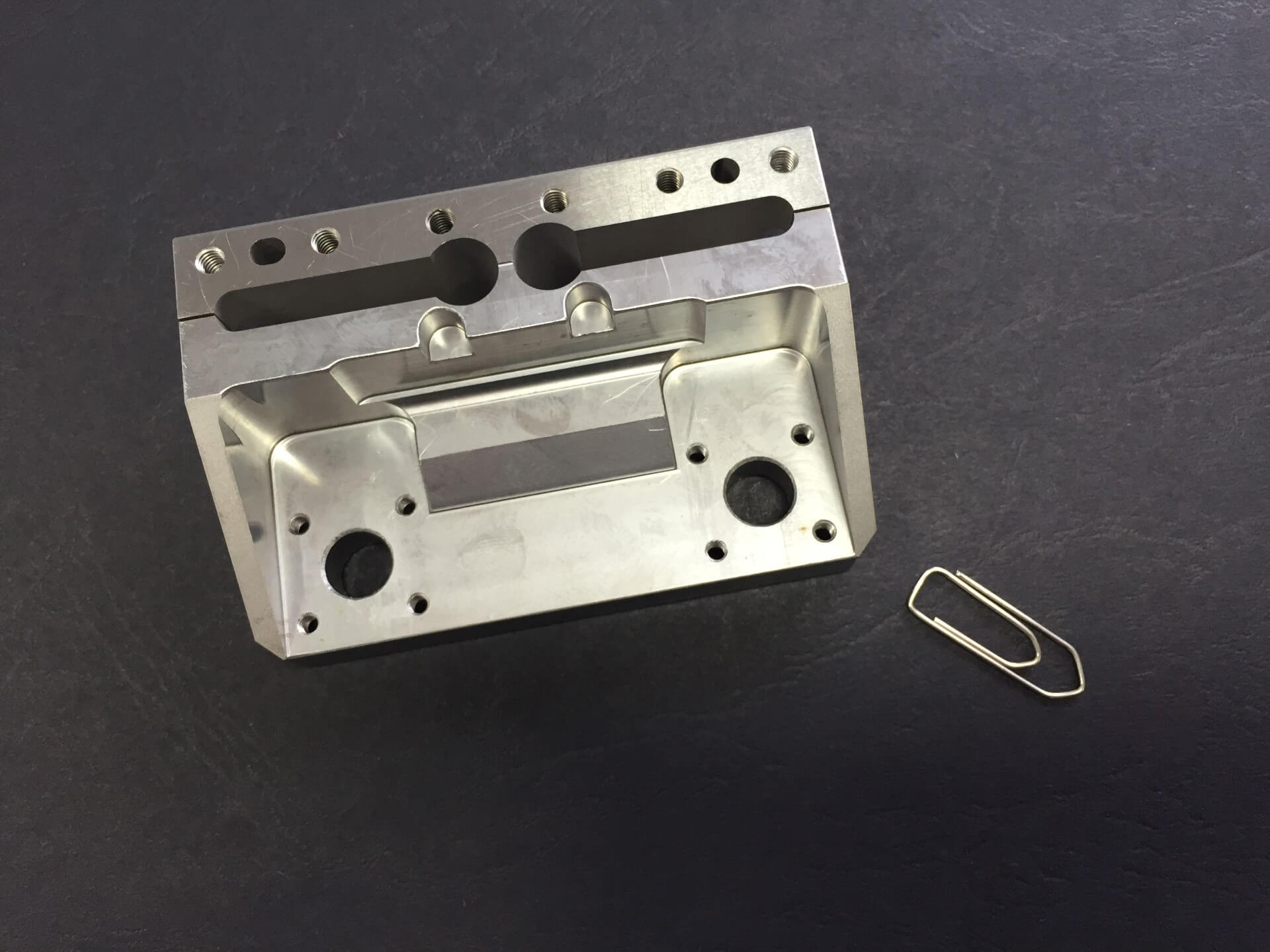This process requires a tightly-stretched wire and a vibration caused by high-frequency electrical discharge. The wire is then digitally controlled and guided through two or four axes.
This combination enables matter to be removed from a conductor workpiece made of materials such as titanium, steel, stainless steel, carbide or tunsten carbide.
The diameter of the wire varies between 0,05 and 0,25mm depending on the size of the workpiece . The wire gradually moves its way through the workpiece forming a gap which is slightly wider than the dimension of the wire.
Electrical discharge machining is capable of achieving excellent results in terms of precision and is able to work on extremely hard materials. (carbides, graphites, alloys, etc.)
The wire is chosen depending on tne material to be machined and the surface finish required. The wires are made of alloys incuding copper/zinc, brass/zinc and bronze.
This type of erosion is far superior in terms of precision and surface finish to water-jet cutting and laser-cutting.
All finished parts are then subject to a surface treatment. These parts are either prototypes, one-off parts or small series.

– does not require the design and production of electrodes
– large flexibility
– high precision (+/- 0.002mm)
– production of ultra-thin parts/slots
– machining of complex shapes
– high-quality surface finish
“Due to meticulous organisation and scheduling, we have succeeded in considerably reducing production time. Our current wire-erosion techniques enable us to respond rapidly to our clients’ needs, which can often be challenging in terms of deadlines.”